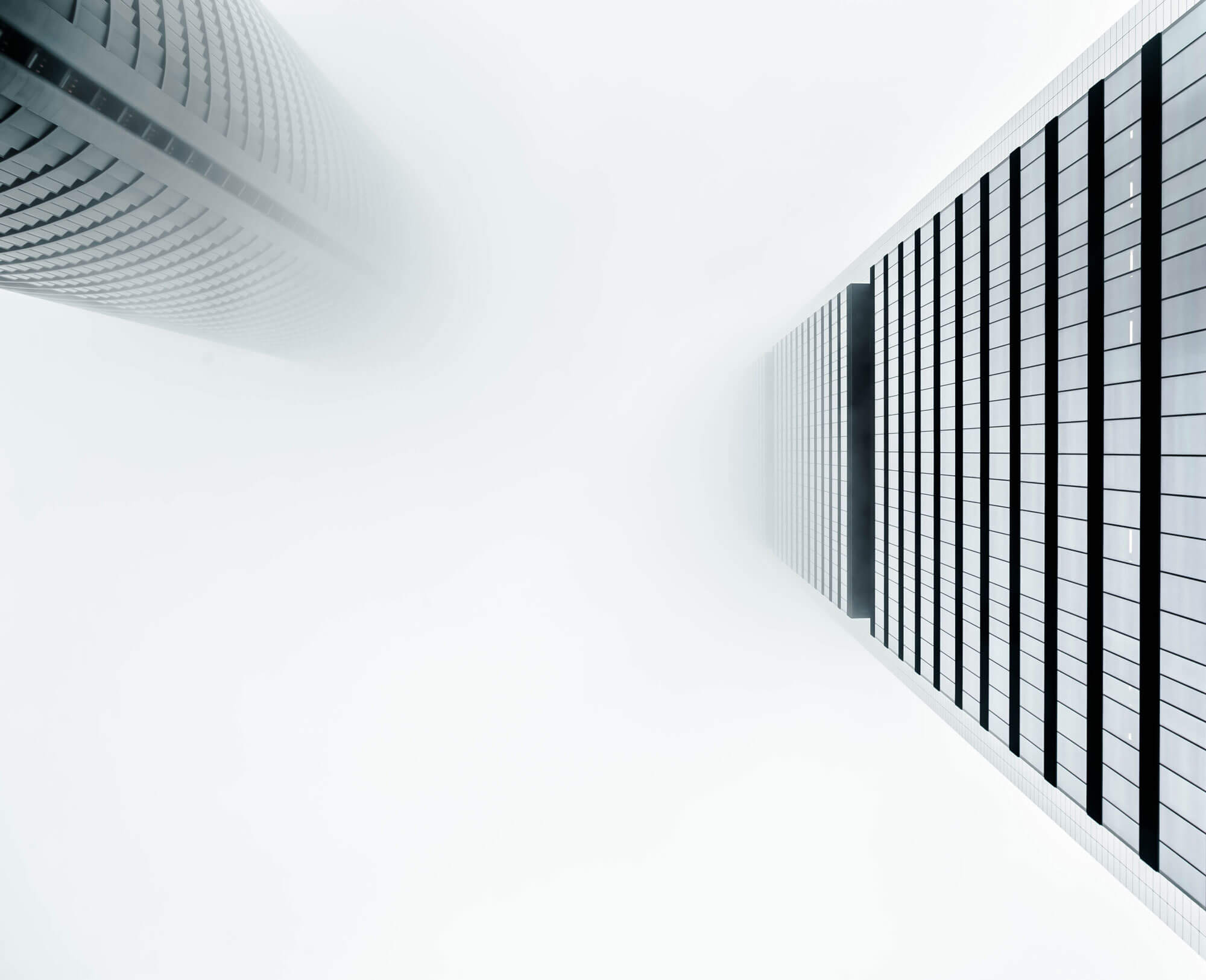Digital activities are a part (if not the main part) of our daily lives. Improved exchanges, information sharing, instant communication, access to knowledge. However, those uses do come at a cost for the environment. Digital already stands for 4% of global greenhouse gas emissions & this is of course expected to increase quickly in the coming years. But each of us has the power to cut down our digital pollution. Coralie Rocque for example, as a web designer, always tries to create websites with the most limited impact on the environment if the client agrees. Let’s discover the easy actions to take, which benefit website owners, visitors & the planet.
Understanding what an eco-friendly website is
All websites consume energy in order to function. Displaying a website page & all its elements (colors, pictures, fonts, etc…) requires a certain amount of energy, i.e. electricity, which emits CO2. Creating a zero-emission website is therefore impossible. The more complex a website page is, the more CO2 it emits.
Nowadays, it is possible to calculate the impact of each website on the environment though, thanks to the following website for example: https://www.websitecarbon.com/. It gives an overview of how much your website consumes & some solutions in order to make it more eco-friendly. All website owners can therefore make the choice to reduce the energy consumed.
One solution for a low-carbon website is to look at custom-code solutions. However, custom development requires a much higher upfront investment & implies a more complicated website management. Let’s explore the other solutions that don’t require such an investment & can be implemented by every website owner.
Reducing the impact of the technical aspects of your website
Every website needs a web hosting service to be accessible via the World Wide Web. Web hosting services work with servers, the majority of which are housed in data centers. These servers must be kept running in cooled & controlled conditions, which require a large amount of energy & produce significant amounts of CO2. However, some hosting services providers made the choice to implement environmentally friendly initiatives to mitigate the impact on the environment, for example by using renewable energy to power the running of the servers. The website https://www.thegreenwebfoundation.org/ provides a list of the different green web hosting services companies by country.
As a website owner, you can decide to set up web caches on your website. Every time people search your website on Google, servers will be used, thus it will consume energy. If you use caches, you minimise the transfer of the data. When the users will revisit your page, they will therefore retrieve the data from the cache location rather than using servers. This will also improve the performance of your website.
It is up to every website owner to choose how he wants to reduce the impact of his website. There are other business solutions to compensate for its emissions, such as buying carbon credits for example.
Improving the design & elements of your website
Let’s now talk about the visual elements your website is made of. A limited-impact website does not have to be an ungly website, but a website with minimalistic design.
Websites’ pictures are almost always the biggest burdens on load time & energy consumption. By reducing their size, you will increase the loading speed & therefore reduce your website’s impact. In order to do so, you can use tools such as https://tinyjpg.com/, or if you use WordPress, use plugins such as Smush It or Imagify.
Videos might be worse than pictures. If you need to display some on your website, you can minimize their negative impact as well, by using low resolution files & ensuring you don’t put them in autoplay. We advise you to cut down on the animations of your website as well.
Moreover, it is important to be aware that some colors have a more negative impact than others. For example, black is a ‘dead’ pixel, so it will have less impact than white. Darker colors indeed require less energy to illuminate, with black being the lowest energy-consuming color & white the highest one. What people don’t know is that blue uses 25% more power than colors such as green or red. Thus, if you want to cut down your negative impact on the planet, consider low energy colors, while of course always keeping the accessibility of your website in mind.
Last, but not least, try to clean up your website once a month by deleting anything you are not using. Unwanted themes & plugins, old post revisions, unused media, etc…. Your website will be faster & use less energy!
The zero-emission website does not exist, but solutions to limitate its impacts do. Website owners therefore can make the choice to implement & reduce their digital pollution. By implementing changes, the loading speed, the user experience & the impact on the environment will be improved. A win-win-win solution.
Interested in a stunning green or greener website? Book your 30 min strategic call with us!





